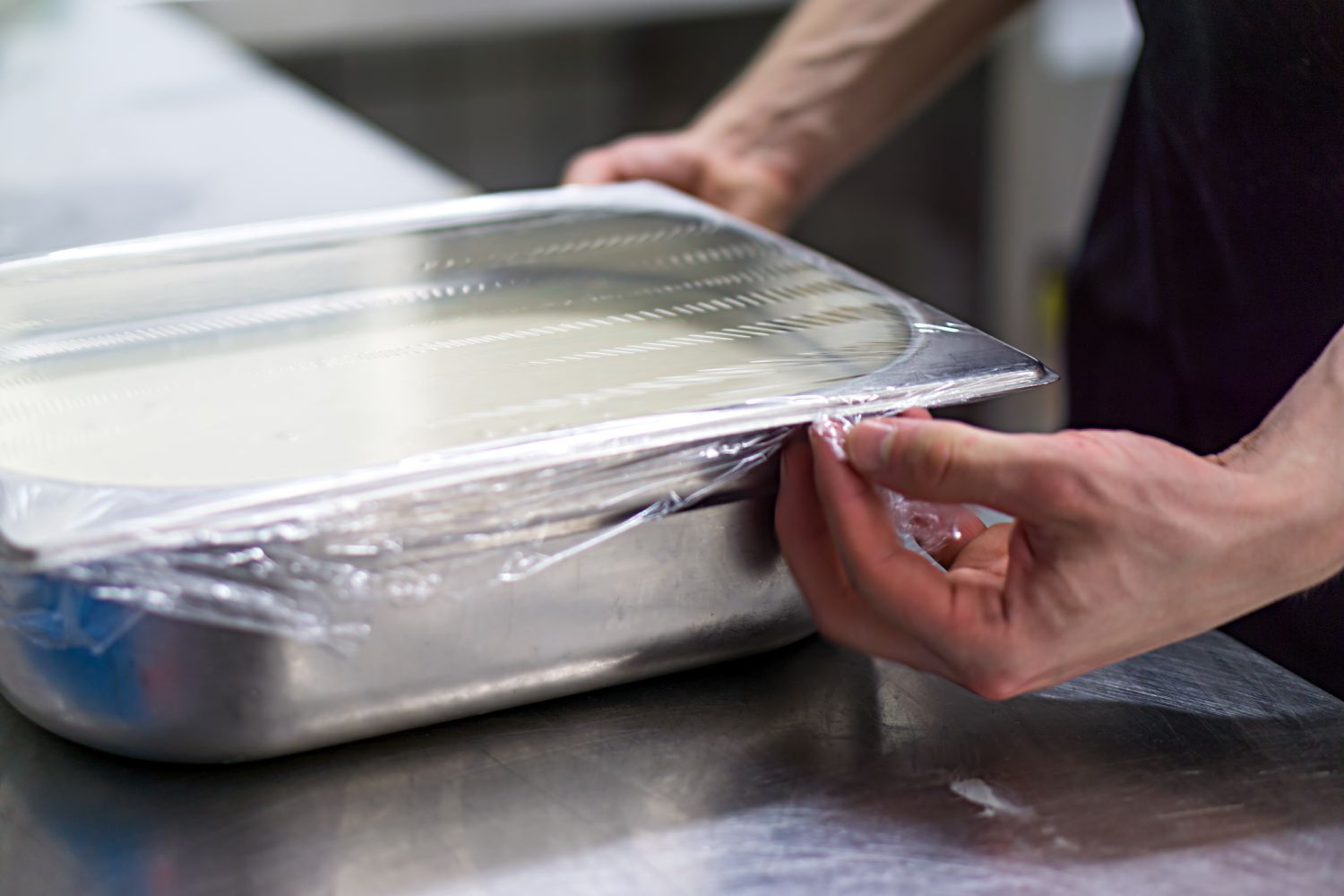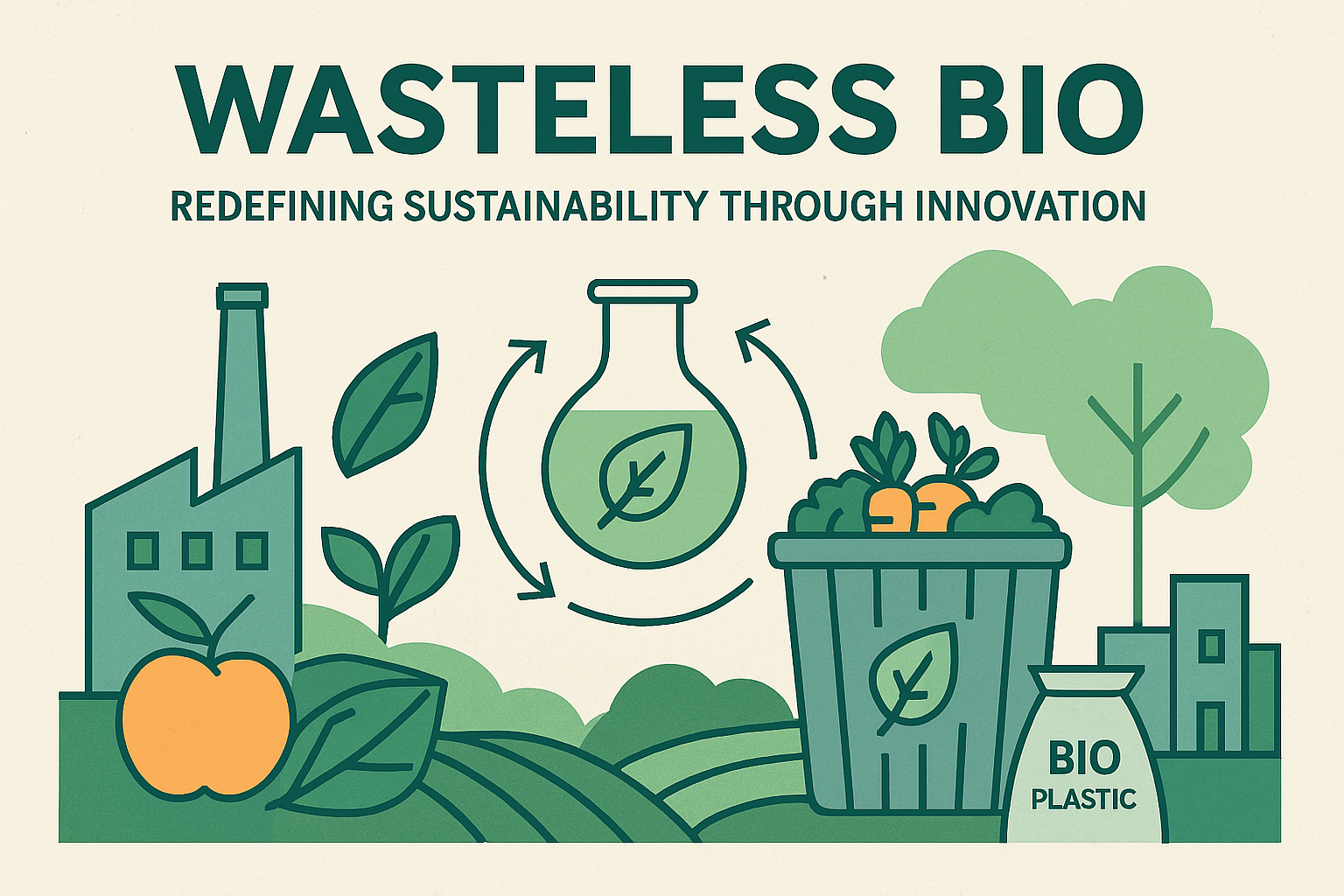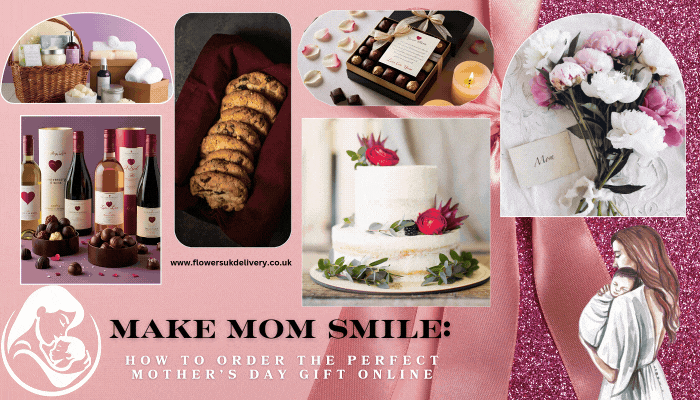No, plastic should not be put in the oven. High heat can cause plastic to melt, release harmful fumes, and potentially damage the oven. Use oven-safe materials like glass, metal, or ceramic instead.
Kitchen safety is of utmost importance when it comes to preparing meals. One common question that arises in this regard is whether plastic can go in the oven.
Understanding which materials are safe for oven use is crucial to avoid potential hazards and protect both ourselves and our kitchen appliances.
While many plastics are not suitable for oven use and can melt or release harmful chemicals when exposed to high temperatures, there are certain types of oven-safe plastics that can withstand the heat.
If you want to identify the over-safe plastics and their respective temperature limits, then keep reading on.
Can Plastic Go in The Oven? If not, then Why?
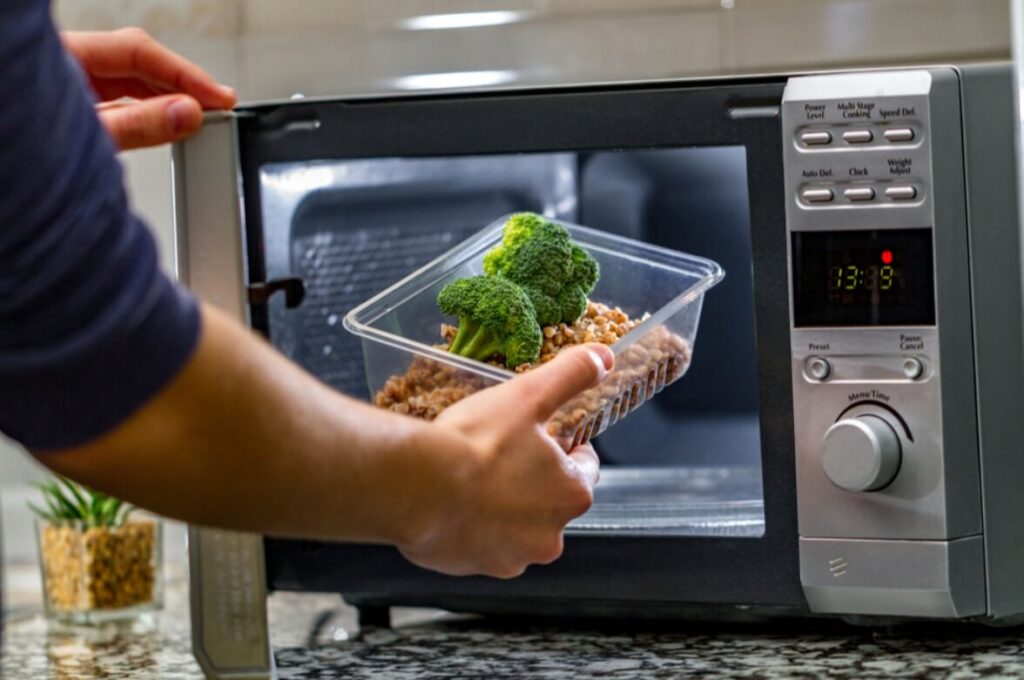
Plastic is a commonly used material in our daily lives, but when it comes to using it in the oven, caution should be exercised.
While certain types of plastic are labeled as oven-safe, it is generally advised to avoid putting plastic in the oven due to the risk of melting, releasing harmful chemicals, and causing potential hazards.
Here’s why plastic should not be used in the oven:
Melting Point and Temperature Resistance:
Plastics are composed of polymers, which have varying melting points.
Most common plastics, such as polyethylene (PE), polypropylene (PP), and polyvinyl chloride (PVC), have relatively low melting points ranging from approximately 100°C to 200°C (212°F to 392°F).
Oven temperatures typically exceed the melting points of these plastics. Home ovens commonly reach temperatures of 150°C to 250°C (300°F to 482°F), and some baking or roasting recipes might require even higher temperatures.
Release of Harmful Chemicals:
- When plastics are exposed to high temperatures, they can undergo chemical changes that lead to the release of harmful substances into the air and the food being cooked.
These substances can include phthalates, bisphenol-A (BPA), and other potentially toxic compounds.
- The release of such chemicals is a concern because they can contaminate the food being cooked and be inhaled, potentially leading to health issues.
Dioxin Formation:
Certain plastics, like PVC containing chlorine, can release toxic dioxins when heated at high temperatures, leading to health risks including cancer and reproductive issues.
Potential for Fire and Smoke:
As plastics heat up and approach their melting points, they can become more flammable and may ignite in the oven. This can not only ruin the food being cooked but also pose a serious fire hazard.
Warping and Deformation:
Even if a plastic item doesn’t melt at the oven’s temperature, it can warp, deform, or soften. This can alter the shape of the item, potentially leading to leaks, spills, or other cooking mishaps.
Cooking Efficiency and Food Quality:
- Plastics are poor conductors of heat compared to traditional oven-safe materials like glass, ceramic, and metal.
- Using plastic containers or utensils in the oven can result in uneven cooking, as they don’t distribute heat effectively.
In conclusion, placing plastic in the oven is not recommended due to its low melting points, potential release of harmful chemicals, risk of dioxin formation, fire hazard, and negative effects on cooking efficiency and food quality.
Tips on How to Identify Oven-safe Plastics and Their Respective Temperature Limits
Identifying oven-safe plastics can be challenging, as most common plastics have low melting points and are not suitable for high-temperature cooking.
However, some plastics are specially designed to withstand higher temperatures without releasing harmful chemicals or deforming.
Here are some tips to help you identify oven-safe plastics and understand their respective temperature limits:
Look for Temperature Labels:
Some plastic products, especially those designed for oven use, may have temperature resistance labels or symbols.
Look for labels that indicate the product is safe for oven use and specifies a temperature range. Common temperature ranges might be around 350°F to 400°F (175°C to 200°C).
Check Manufacturer Information:
The packaging or product information provided by the manufacturer often includes guidelines on safe usage, including temperature limits.
Look for information that explicitly states the plastic’s suitability for oven use and its recommended temperature range.
Choose the Oven-safe Plastic Types:
Research the specific plastic type and its typical temperature resistance to determine if it might be suitable for oven use.
Some plastic types are more heat-resistant than others. For example, polypropylene (PP) and high-density polyethylene (HDPE) tend to have higher temperature resistance compared to other plastics.
Here’re some plastic types which are resistant to oven temperature,
Polypropylene (PP):
- Polypropylene is a widely used plastic that has a higher heat resistance compared to many other plastics. It can withstand temperatures of around 160°C to 170°C (320°F to 338°F) before melting.
- PP is often used in microwave-safe containers and some oven-safe plastic cookware.
High-Density Polyethylene (HDPE):
- HDPE is another plastic with good heat resistance and is commonly used for food containers and bottles.
- It can tolerate temperatures around 120°C to 130°C (248°F to 266°F) before melting.
Polyethersulfone (PES):
- PES is a high-performance plastic known for its heat resistance and chemical stability.
- It can typically withstand temperatures up to 180°C to 220°C (356°F to 428°F) without deforming.
Polyethylene Terephthalate (PET):
- PET is often used for oven-safe food packaging, like trays and containers.
- It can handle temperatures of around 70°C to 90°C (158°F to 194°F) before softening.
Polyphenylene Sulfide (PPS):
- PPS is a thermoplastic known for its heat resistance, chemical resistance, and electrical insulation properties.
- It can endure temperatures of approximately 200°C to 240°C (392°F to 464°F) without melting.
Polyetherimide (PEI) – Ultem:
- PEI, commonly known by the brand name Ultem, is a high-performance plastic with exceptional thermal stability.
- It can withstand temperatures of about 170°C to 190°C (338°F to 374°F) without deforming.
While these plastics have higher temperature, resistance compared to other common plastics, it’s crucial to verify the specific temperature limits and guidelines provided by the manufacturer before using them in the oven.
Avoid Plastics with Recycling Codes 3 (PVC) and 7 (Other):
Plastics with recycling code 3 (PVC or vinyl) and 7 (other/unknown) should generally be avoided in the oven, as they can release harmful chemicals at high temperatures.
BPA-Free Plastics:
- While not a guarantee of oven safety, products labeled as “BPA-free” are often designed to resist higher temperatures than those containing BPA.
- BPA-free plastics might be more suitable for oven use, but it’s still essential to verify their specific temperature limits.
Use for Short Durations and Low Temperatures:
Even if you find a plastic that’s labeled as oven-safe, it’s wise to use it at lower temperatures and for shorter durations than traditional oven-safe materials like glass or ceramic.
Observe Warping or Deformation:
When using a plastic product in the oven, watch it carefully for any warping, bending, or color changes.. If you notice any of these changes, remove the plastic immediately.
Avoid Overexposure:
- Even if a plastic is oven-safe, overexposing it to high temperatures repeatedly can degrade its integrity over time.
- Use oven-safe plastics within their recommended temperature ranges to ensure their longevity and safety.
It’s important to note that the terms “oven-safe” can be ambiguous and might not always guarantee complete safety. Whenever possible, consider using alternative materials like glass, ceramic, stainless steel, or cast iron for high-temperature cooking to minimize potential risks associated with plastic use in the oven.
What are the Safe Alternatives of Plastic For Oven Use?
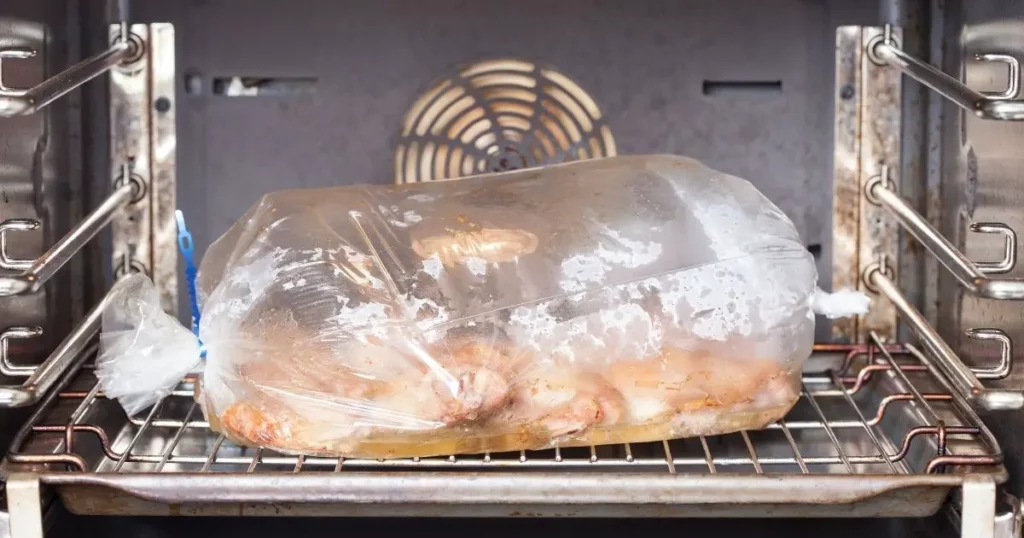
Certainly, there are several safe alternatives to plastic that you can use for oven-related purposes.
These options are selected because they can handle high temperatures without releasing harmful chemicals, keeping food safe and ensuring good cooking outcomes. Here are some suitable alternatives:
Glass:
- Glass bakeware and containers are excellent alternatives to plastic for oven use.
- They resist heat and endure high temperatures without melting or emitting harmful substances.
- Glass conducts heat evenly, ensuring consistent cooking results and avoiding hotspots.
- Pyrex and other borosilicate glass brands are specifically designed for oven use and can also be used for storing leftovers.
Ceramic:
Ceramic dishes and cookware are another safe option for oven use.
They have excellent heat retention properties, ensuring even cooking and browning of food.
Ceramic bakeware is usually coated with glaze, which is safe for oven temperatures and does not leach harmful chemicals.
Stainless Steel:
- Stainless steel pans and containers are oven-safe and durable.
- They endure high temperatures without bending or emitting harmful substances.
- Stainless steel is non-reactive, meaning it won’t interact with acidic or alkaline foods during cooking.
Cast Iron:
Cast iron cookware, like skillets and Dutch ovens, can be used in the oven as well as on stovetops.
Cast iron holds and spreads heat evenly, making it great for slow cooking and roasting.
Properly seasoned cast iron develops a natural non-stick surface over time.
Silicone:
Silicone bakeware and oven mitts are safe alternatives to plastic.
Silicone can endure high temperatures and is flexible, simplifying the removal of baked goods from molds.
Ensure that the silicone products you use are specifically labeled as oven-safe.
Natural Fiber-Based Bakeware:
- Some newer oven-safe alternatives are made from natural fibers like coconut husks or palm leaves.
- These substances are eco-friendly and don’t emit harmful chemicals when exposed to high temperatures.
Aluminum Foil or Parchment Paper:
- While not cookware per se, aluminum foil and parchment paper can wrap or cover food before being put in the oven.
- They help retain moisture and prevent direct contact between food and the oven surface.
It’s essential to keep in mind that even when using safe alternatives, it’s advisable to follow manufacturer instructions and recommended temperature limits to ensure their longevity and safety.
Additionally, when using any cookware for the first time, it’s a good practice to preheat it gradually to help prevent potential cracking or damage due to sudden temperature changes.
Depending on your cooking item, the preheat limit can range 160 degree to 175-degree celsius.
A Practical Experience of Oven Accidents for Using Plastic Wrap
In a rushed attempt to reheat leftovers, I absentmindedly covered the bowl with plastic wrap before placing it in the oven.
As the oven’s heat began to rise, the plastic wrap quickly shrunk and melted, releasing a pungent odor and emitting thin wisps of smoke.
Alarmed, I promptly turned off the oven and carefully removed the bowl. The plastic had fused with the food, rendering it inedible.
This accident not only ruined the meal but also highlighted the importance of using oven-safe materials.
It served as a reminder that even seemingly harmless actions can lead to unintended consequences, reinforcing the need to prioritize safety and awareness in the kitchen.
FAQs
What happens if I put plastic in the oven?
Plastic can melt, release toxic fumes, and potentially damage the oven.
Is there any type of plastic that is oven-safe?
Generally, no. Most plastics are not designed to withstand high oven temperatures.
Can I use plastic wrap in the oven?
No, you can’t use plastic wrap in the oven as it can melt and create a mess.
What materials are safe for oven use?
Oven-safe materials include glass, ceramic, and some metals like stainless steel.
Is silicone safe for the oven?
Yes, silicone is generally safe for oven use, as it can withstand higher temperatures.
Can plastic utensils go in the oven?
No, plastic utensils should not go in the oven due to their low heat resistance.
Can I use plastic containers in a microwave oven?
Generally, no. You shouldn’t use the plastic containers in a microwave oven. But, some microwave-safe plastics are labeled as safe, but check the labeling before using them.
What about plastic oven bags?
Oven bags made specifically for cooking are safe, but regular plastic bags are not suitable for oven use.
How can I safely reheat food in the oven?
Transfer food to an oven-safe dish, avoiding plastic containers, and cover with materials like foil or
Conclusion
Making well-informed choices and emphasizing safety are vital when deciding whether to use plastic in the oven. While some types of plastic may be oven-safe, others can release harmful chemicals and pose a fire hazard.
However, to ensure safe and effective cooking, it’s best to use oven-safe materials specifically designed for high-temperature cooking, such as glass, ceramic, and metals like stainless steel or cast iron.
We urge readers to post their experiences and any remaining questions in the comments below, as shared knowledge can promote safety in the kitchen.







